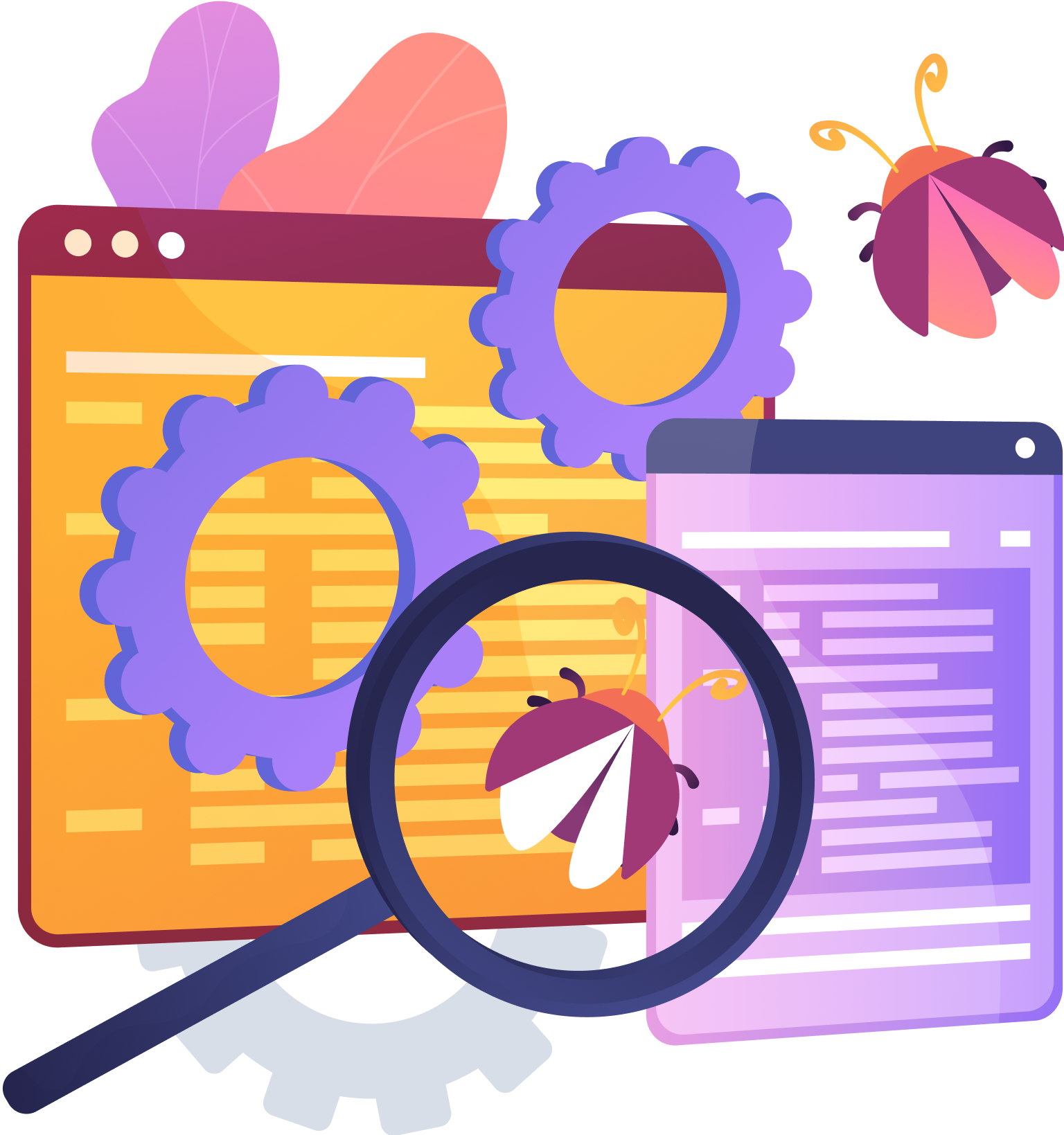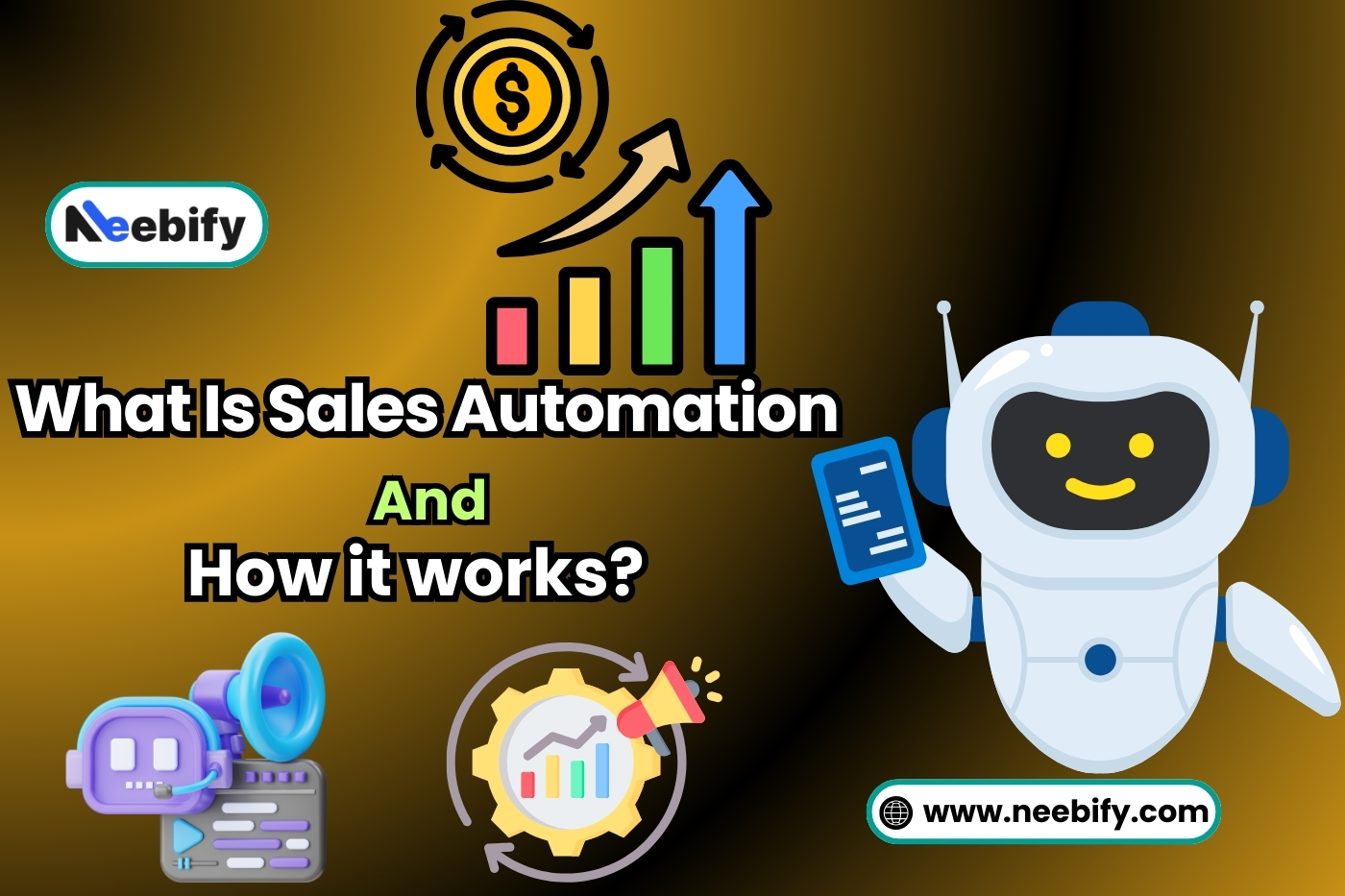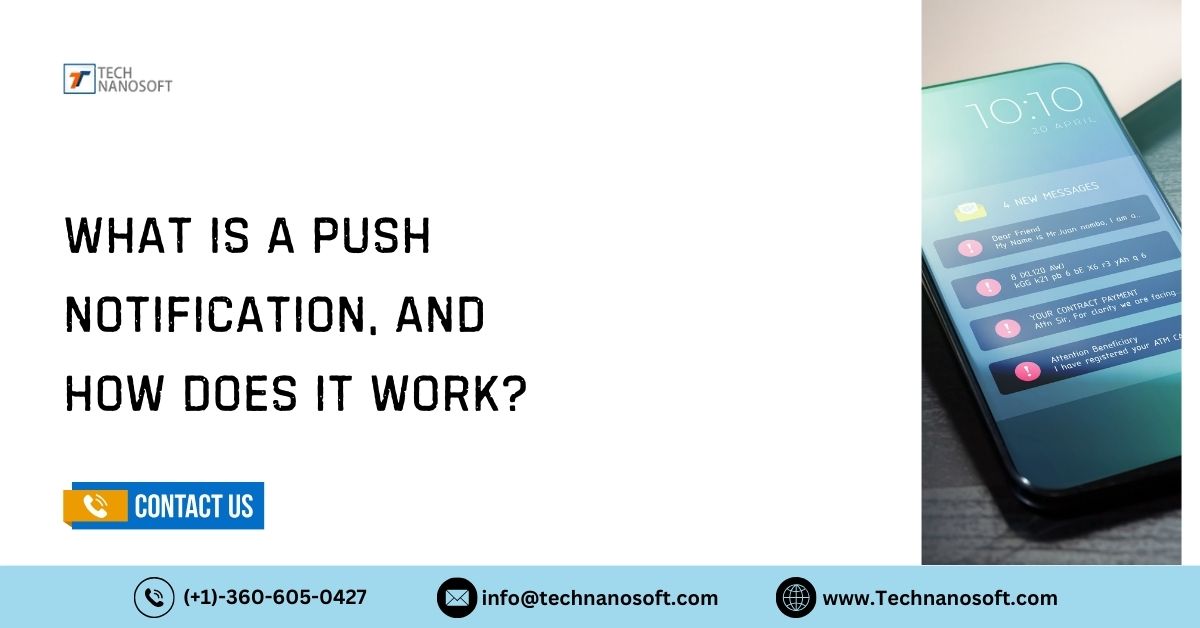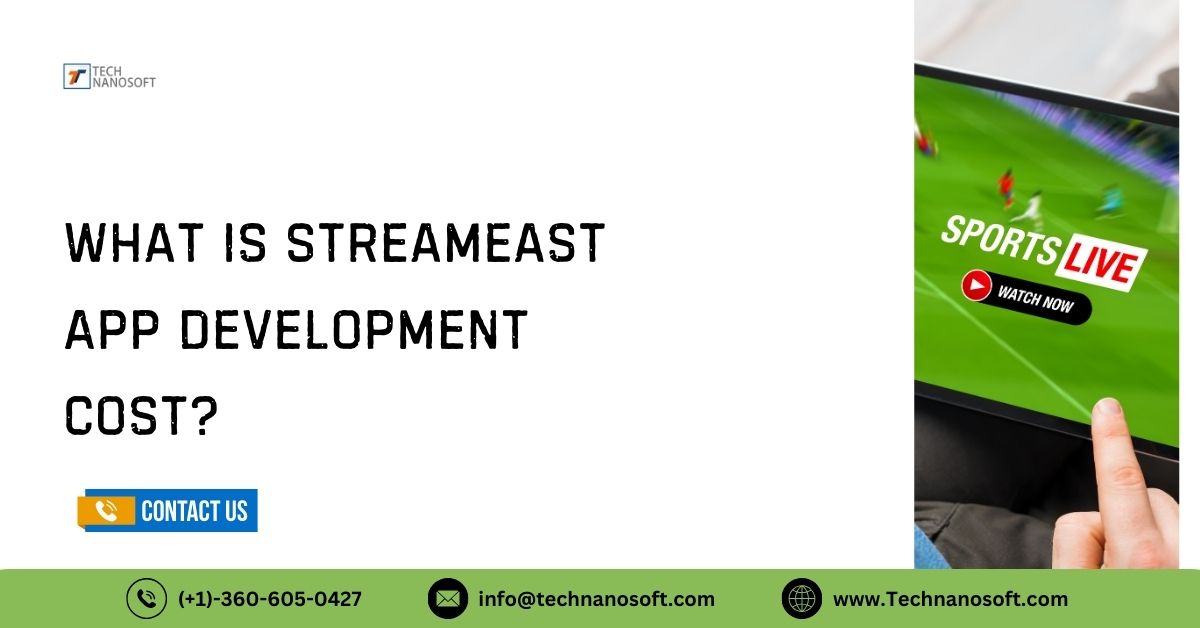What is IoT (internet of things)? And How Does it Work?
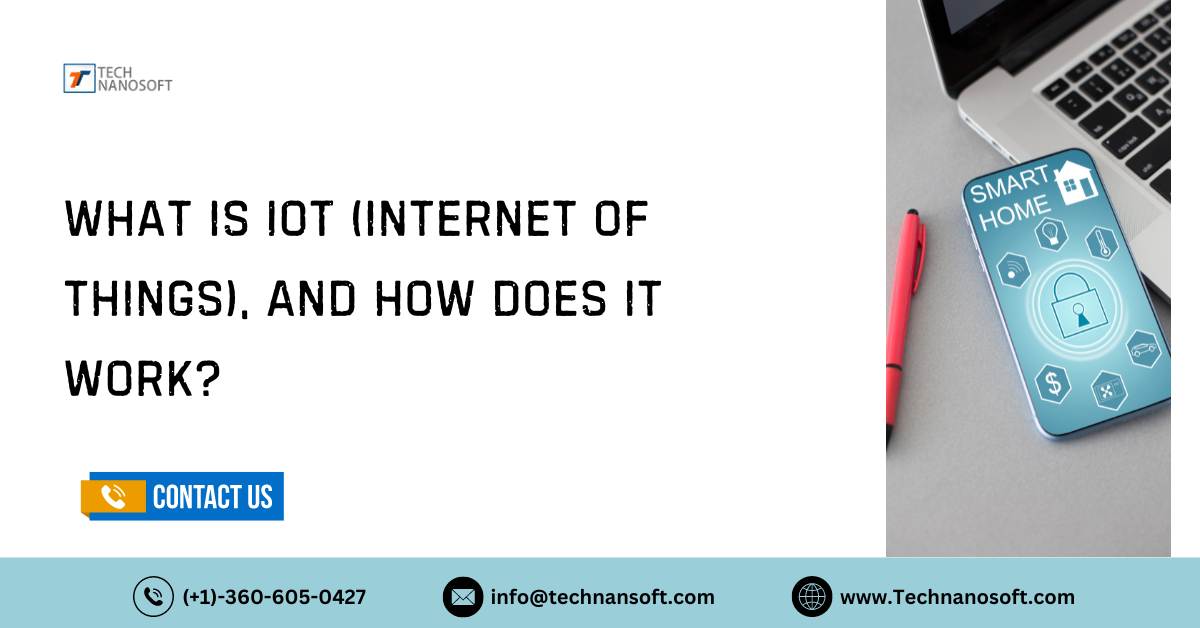
What is the Internet of Things (IoT), and how has it changed many fields? This piece enters that. Please learn about all of its benefits, such as how it can make things more efficient, give people more personalized experiences, and make systems more straightforward to use. Discover how IoT can enhance communication and inspire innovation with use cases and examples.
Find out how IoT turns everyday things into smart gadgets by connecting them to the internet so they can share and gather information. Help us understand the complicated IoT world so we can use its power to change how we connect in the future.
IoT Definition
The IoT full form in engineering is the Internet of Things. Devices linked to each other utilize IoT sensors, software, and other technologies to facilitate data sharing and collection. Among these are easy household items and complex tools for work. The IoT connects real things to the internet so they can send and receive data.
This makes it easier to communicate and automate tasks. Thanks to this link, things work better, and people can make better choices. It also opens new uses in many areas, such as smart homes, healthcare, and transportation.
REMEMBER- The IoT changes interactions with the world by making them better and faster. While considering IoT software, it's important to take advice from experts. They create assessments that align with your project wants and goals.
Important Technologies of IoT systems
Data Management and Analytics
Managing and analyzing data is the most essential part of running an IoT business. Smart analyzing and smooth data movement optimize the performance of IoT systems. IoT cloud computing excels by enabling customized data storage and processing, accessible from any location. This gives you more freedom.
Edge computing brings processing power closer to data sources, which reduces delays and allows for real-time decision-making. These technologies work well together to store, handle, and analyze data. Providing helpful information helps businesses run more quickly and come up with new ideas.
Communication Protocols
The interoperability of objects forms the foundation of the Internet of Things (IoT). These protocols facilitate the sharing of information among connected devices. IoT communities depend on protocols like MQTT and CoAP to make sure that contact is safe, quick, and reliable. By adhering to established protocols, IoT devices overcome obstacles that hinder collaboration.
Hardware and networks will work better together now. IoT solutions and suitable communication protocols send data, directions, and alerts without any issues. This makes it possible for people all over the world to meet and work together efficiently.
Software
Operating systems (OS) connect objects in the Internet of Things (IoT). They are an important part of the software stack because they handle hardware resources, facilitate communication, and run programs. IoT OSs aren't as heavy as FreeRTOS, RIOT, and Zephyr. Device management platforms work with operating systems to make it easy to set up, monitor, and take care of Internet of Things (IoT) devices over their whole lives.
Large-scale deployments are easy to handle because IoT offer unified control, automation, and security. IoT application software, whether it's pre-made or custom-built, lets IoT solutions offer certain features and functions. It achieves this by utilizing IoT data to make smart decisions, automate tasks, and improve many user experiences.
Hardware
IoT sensors gather a lot of accurate information that helps computers make smart choices. They enable continuous monitoring and analysis of everything, from motion to temperature, thereby enhancing operational efficiency and safety. Connectivity units make it easy for IoT devices and networks to talk to each other, sending and receiving data.
They make sure that touch is reliable everywhere by using Wi-Fi, Bluetooth, cellular, and LPWAN technologies. Plug-and-play solutions let you watch and handle things from afar, which is helpful if you live in a remote area. The Internet of Things (IoT) makes it possible to connect everything. This leads to new ideas and better use of resources in every area.
READ ALSO- Applications of ioT in Agriculture and Use Cases
Internet of Things examples
Connected Car
When it comes to the Internet of Things, connected cars are the first to combine technology from cars with Internet connections. This has changed the way people drive. These cars have a lot of sensors and can connect to the internet. This lets them do things like navigate in real time, send out messages for needed repairs, and even drive themselves.
Connected cars use data analytics to make driving safer, get better gas mileage, and give you more options for entertainment inside the car. In the future of transportation, they will make roads safer, less crowded, and more straightforward for cars. They are a big step toward making transportation smart systems.
Connected Home
The Internet of Things (IoT) changes the places we live by connecting them with smart devices and sensors, creating a web of links. People outside of these homes can use voice requests or their phones to access and control smart thermostats, lighting systems, security cameras, and other devices. People who live in connected homes have more comfort, ease, and peace of mind than ever before.
Automation enables routines, reduces energy consumption, and enhances security. They demonstrate the seamless integration of technology into daily life. This is the start of a new era of smart living that is efficient, good for the earth, and based on what each person wants.
Industrial Automation
The Internet of Things (IoT) is changing the way factories work, bringing about the age of smart factories. Factories improve production and maintenance by linking sensors, actuators, and control systems to a network. This allows them to monitor equipment health and plan maintenance effectively.
IoT-powered industrial technology makes work more efficient, cuts down on downtime, and makes sure that the quality of the products always stays the same. This helps makers stand out from the crowd and saves them a lot of money. This is a big step toward making data-based decisions and having production systems that are adaptable and quick to change as the market changes.
Smart Parking System Using IoT
New parking options that use the Internet of Things (IoT) can solve the problem of crowded and wasteful parking in cities. These systems in parking lots show how many spots are taken using sensors and communication infrastructure in real-time. They use mobile IoT parking apps or digital signs to direct drivers to open spots.
Smart parking solutions also make it easier to make reservations and pay. They also simplify the IoT-based smart parking system for drivers and optimize space utilization for parking companies.
IoT technologies can help places fix problems and make life better for everyone. Smart parking is an excellent example of this. They can cut down on smog and traffic, which will make it easier to get around.
Traffic Management
The Internet of Things (IoT) powers traffic control tools that help cities eliminate traffic jams and improve road safety. Sensors, cameras, and smart traffic lights provide real-time data on how traffic moves and how crowded the roads are. This allows the systems to find the best ways to change the signals on their own.
Traffic management systems use predictive analytics and machine learning algorithms to identify and resolve traffic jams before they occur. This cuts down on travel times and gas use. In the end, IoT-powered traffic control makes it easier for people to get around, makes the roads safer, and promotes long-term urban mobility. This case shows how it could totally change the future of transportation infrastructure.
Environmental Monitoring
IoT-enabled environmental tracking systems utilize sensors and data processing to monitor variables such as pollution levels, air quality, and weather conditions. These systems provide real-time environmental health information, enabling individuals to take proactive measures to reduce waste, monitor natural disasters, and safeguard public health.
IoT-driven environmental monitoring plays a crucial role in preserving species, mitigating the impact of climate change, and ensuring environmentally sustainable resource management. It demonstrates the potential applications of the Internet of Things. Technology can address significant environmental issues and enhance the quality of life for future generations.
Wearable Technology
Many people wear IoT devices like smartwatches, exercise trackers, and health monitors. These devices have become common, making technology a part of daily life.
These devices track health data and activity levels. They assist people in maintaining their exercise routines and managing chronic conditions. They also help individuals live healthier lives.
Wearable technology helps people manage their health by giving them instant alerts, personalized guidance, and remote monitoring. It also shows how decisions about lifestyle can affect health in general. This is an excellent example of how fashion and technology can work together. It also shows us what healthcare might be like in the future when it's more personalized, preventative, and easy to get.
Real Estate
The Internet of Things (IoT) has had a big impact on the real estate industry. It has brought in smart buildings and advanced tools for managing properties. IoT products like smart thermostats, lighting systems, occupancy sensors, and security cameras help buildings run better. They save energy and make tenants happier.
Smart buildings use technology to save money. They also increase property value and improve residents quality of life. This is done through data analysis and maintenance predictions. The IoT integrates technology into buildings without making them stand out.
This changes the way regular real estate models work. This creates spaces that endure, maintain connectivity, and adapt to tenants evolving needs and desires.
Healthcare
The Internet of Things has the potential to change healthcare. Many connected medical devices, remote patient tracking systems, and telehealth IoT apps are examples of this. IoT healthcare systems use patient data to prevent diseases, create treatment plans, and provide remote assistance in real-time.
This helps to improve overall health outcomes. IoT devices like health apps and medical implants help patients manage their health and well-being.
This increases the likelihood that patients will adhere to their prescribed actions and actively participate in their care. IoT also makes healthcare services more efficient, cuts down on hospital readmissions, and boosts clinical outcomes. In the end, it changes how people get healthcare, enjoy it, and enjoy it.
Education
Education can use the Internet of Things (IoT) to enhance interest in lessons, personalize them, and streamline management. Smart classes have toys and whiteboards that can talk to each other and connect to the internet. This lets students work together to learn and get feedback in real time, which keeps them interested and helps them remember what they've learned. IoT-powered learning apps and platforms also change based on each person's learning style and speed.
This creates learning spaces that are open to everyone and unique for each student. Not only does IoT help students in the classroom, but it also makes administrative tasks more manageable, makes better use of resources, and makes school safer. This makes sure that learning goes smoothly for everyone, including students, teachers, and managers.
What are The Major Benefits of IoT Systems?
Smart Health Sensing Systems
The Internet of Things (IoT) is changing healthcare. It uses smart health tracking systems to improve health management. It also provides personalized care.
These systems use devices and sensors to monitor vital signs. They also ensure medication is taken correctly. Additionally, they can detect early signs of health problems.
IoT improves patient outcomes, reduces healthcare costs, and encourages preventative healthcare practices by enabling real-time data analyzing and remote patient monitoring. It also starts a new age of personalized medical care that is easy to get.
Smart Home Systems
IoT transforms homes into smart homes, automating tasks, enhancing safety, and reducing energy consumption. People appreciate how easy these tools are to use and how calm they make them feel. Some of these are home security cameras, smart thermostats, and lighting systems.
IoT-powered smart homes let people control and automate things from anywhere using their phones or voice commands. Smart home system makes daily tasks easier, saves energy, and makes homes safer. These serve as excellent illustrations of the seamless integration of technology into contemporary living spaces.
Security Solutions
IoT-driven security solutions employ complex analytics and interconnected devices to safeguard homes, businesses, and critical infrastructure in various ways. These options make it easier to find threats, handle incidents, and keep track of what's going on around you. Biometric authentication technologies, smart security cameras, and entry control systems are a few examples.
In a connected world, there are security solutions for IoT. These solutions can lower risks and keep things safe. They also ensure that people and things are secure. These solutions let people watch from afar and send real-time alerts.
Managing E-Waste
IoT is necessary to handle electronic trash (e-waste) because it speeds up recycling and waste management. Built-in sensors and tracking systems in the IoT enable tracking of e-waste from collection to recycling. IoT helps speed up the process of getting rid of electronic waste by automating tasks like sorting, disassembling, and recycling. This not only protects the environment but also saves valuable resources.
IoT-driven analytics and optimization tools assist businesses in adhering to regulations, reducing waste in landfills, and promoting green initiatives. This helps make the economy more circular and encourages good management of computer resources.
Issues with IoT Security and Privacy
While IoT offers numerous advantages, it also presents significant privacy and security issues that require attention. The interconnectedness of IoT systems and devices increases the likelihood that criminals, malware, and unauthorized entry will target them. The collection and processing of sensitive personal data also raises concerns about privacy, consent, and data security compliance.
To lower these risks, everyone needs to use strong security measures such as encryption, identification, and access controls. Also, they should respect users privacy and be transparent about how they use data. A business can build trust, lower risks, and use IoT technologies to its best advantage by taking care of privacy and security issues.
Join Forces with Technanosoft To achieve an IoT-driven Digital Transformation
Start a change journey with Technanosoft, and use their knowledge to accelerate your IoT projects for digital transformation.
Technanosoft is a reliable partner that can help your company become more productive, simplify tasks, and come up with new ideas by providing cutting-edge IoT technologies and smart business advice.
Technanosoft can help you explore smart manufacturing, connected healthcare, and smart infrastructure. They can assist you in finding new opportunities and staying competitive in the fast-paced market. Get the most out of the Internet of Things (IoT) and start a smooth digital change journey with Technanosoft. This will make your business and the customer experience better.
FAQs about IoT (Internet of Things):
Q.1- What is the full form of IoT, and what does it stand for?
A- The Web of Things is what IoT stands for. The Internet of Things (IoT) is a network of devices, sensors, and gadgets. These devices can communicate and share data through the Internet. Things like smart thermostats, wearable tech, cars, and industrial tools are all in this group.
Q.2- What is iot work?
A- Connected to the internet, objects can communicate with each other, computers, or central systems. IoT sensors on these items gather data, which the internet then processes and analyzes. We can use this data to keep track of jobs, monitor and control devices from afar, and learn more about how to make decisions and improve things.
Q.3- What are the pros of the IoT?
A- One of the best things about the IoT is that it makes things easier to use and more productive. You can use it to automate tasks. You can monitor them in real time.
You can schedule maintenance. You can make sure each person has a great experience. In workplace settings, IoT can make things safer, make processes more efficient, and reduce downtime. With smart home devices and personal tech, among other things, the IoT makes life easier for people.

